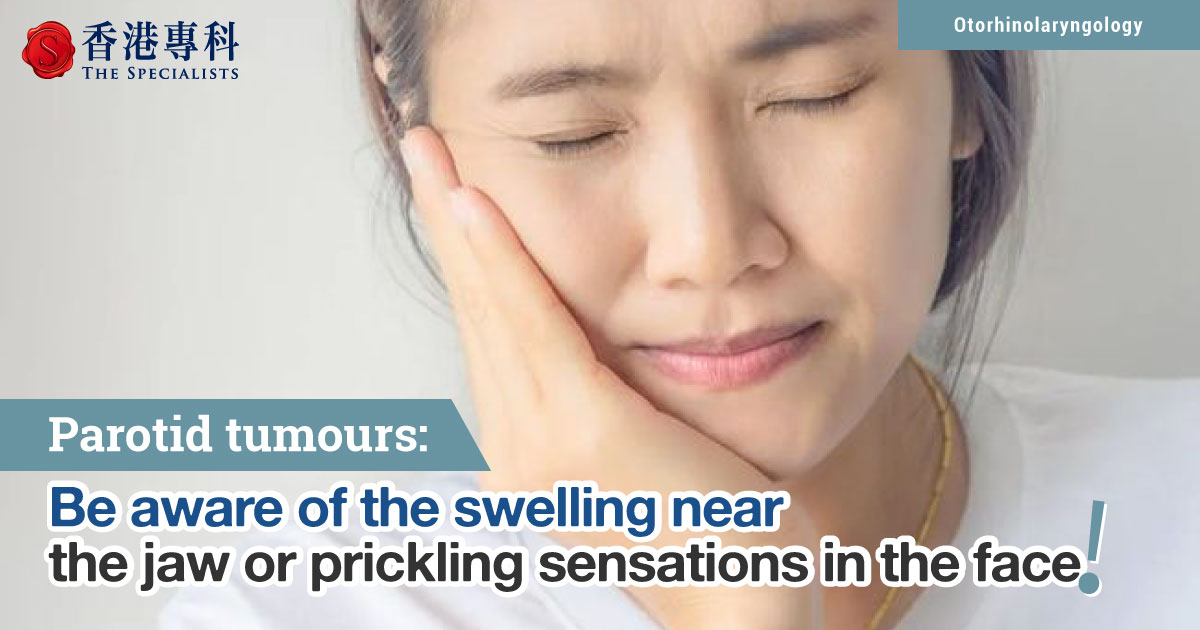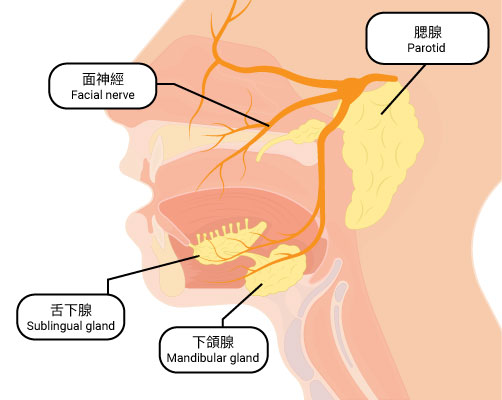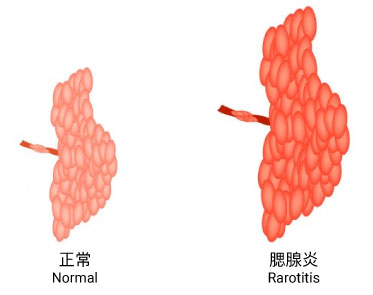Parotid tumours: Be aware of the swelling near the jaw or prickling sensations in the face

Salivary glands produce saliva to aid in chewing and digesting food. There are many salivary glands in the lips, cheeks, mouth and throat. The parotid glands are two salivary glands that sit just in front of the ears on each side of the face. Parotid tumours are abnormal growths of cells (tumours) that form in the parotid glands.
Prevalence of parotid tumours
About 85% of salivary gland tumours occur in the parotid glands, followed by the submandibular and minor salivary glands, and about 1% occur in the sublingual glands. Most parotid tumours are noncancerous (benign), though some tumours can become cancerous.

Symptoms
Patients with parotid tumours often experience swelling in the face or jaw that usually is not painful. Other symptoms include numbness, burning or prickling sensations in the face, difficulty in opening the mouth wide, or even a loss of facial movement.

Diagnosis
Those who continue to experience symptoms may be diagnosed with parotid tumours. During the physical exam, doctor will feel the patient’s jaw, neck and throat for any lumps or swelling. Besides, a needle biopsy procedure (i.e. fine-needle aspiration) may be recommended to collect a sample of tissue for laboratory testing. Doctor can determine what types of cells are involved in the lumps and whether they are cancerous. Sometimes, imaging tests of parotid gland, including ultrasound, MRI and CT, are also needed for a better understanding of the tumour size. If the parotid tumour is cancerous, it can also help to look for signs that the cancer has spread.
Treatment
Studies shown that most benign parotid tumours are either pleomorphic adenomas (71%) or Warthin's tumours (22%). Parotid tumour treatment is usually with surgery to remove the tumour.
In most cases, surgeons may cut away the tumour and some of the healthy parotid gland tissue around it (superficial parotidectomy).
If the tumour size is larger, and those that have affected the deeper parts of the parotid gland, doctor will perform a surgery to remove all of the parotid gland (total parotidectomy).
It parotid cancer has grown into nearby bone and muscles, patient probably needs a more extensive operation. During the surgery, doctor will remove all of the cancer and a part of the healthy tissue that surrounds it.
Radiation therapy and chemotherapy
If the parotid tumour is cancerous, radiation therapy is sometimes used as an initial treatment after surgery to kill the cancel cells that remain. Chemotherapy can also be combined with radiation therapy to treat cancer that cannot be removed completely with surgery.
*The above information is for reference only, please consult your doctor for detail.

 3405 8288
3405 8288
